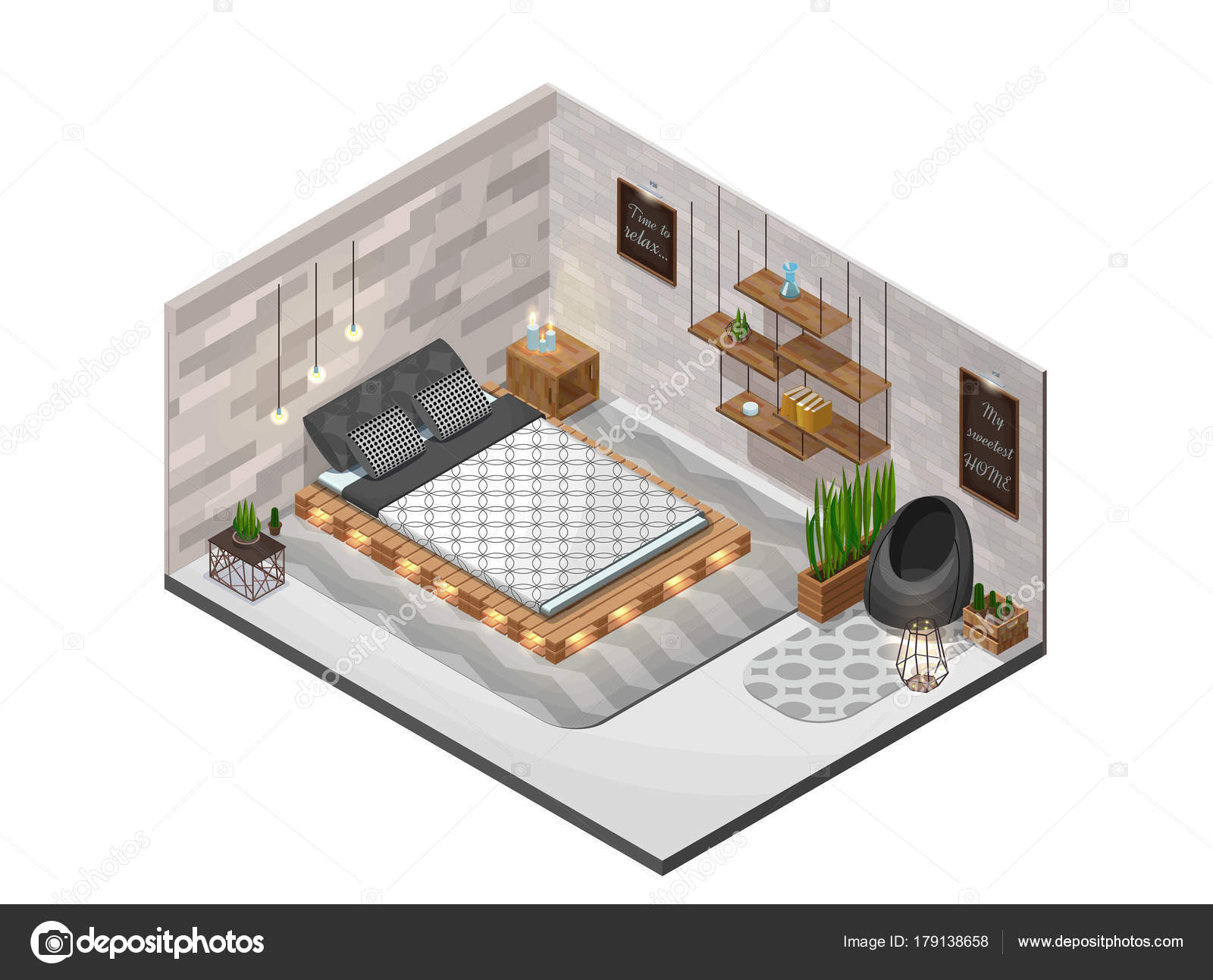Unveil The Interesting Exploration Of Restoring Old Cabinets, Discovering Forgotten Tales And Unwinding The Enigmas Of The Pasts
Unveil The Interesting Exploration Of Restoring Old Cabinets, Discovering Forgotten Tales And Unwinding The Enigmas Of The Pasts
Blog Article
Web Content By-Gorman Kerr
To begin the journey of recovering antique closets, you need a keen eye for detail. Visualize browse around here within each layer of background embedded in the wood. Photo the satisfaction of revitalizing a once-forgotten item to its former glory. Every action of this precise process holds the vital to protecting the past while developing a future treasure. So, are you ready to embark on this transformative venture and unlock the potential of your antique cabinets?
Analyzing the Closet's Condition
When starting the reconstruction process, begin by examining the condition of the antique closet. Carefully examine the overall structure for any indicators of damage such as splits, chips, or loose joints. Check the wood for any type of rot, warping, or insect invasion that may have taken place in time. It's crucial to determine the degree of the repair needed before proceeding additionally.
Next, evaluate the closet's hardware such as hinges, handles, and locks. Make https://www.nextavenue.org/decorating-empty-nest/ of any type of missing out on items or parts that require repair work or substitute. Make sure that all hardware is working correctly and safely attached to the cabinet.
Furthermore, evaluate the cabinet's coating. Seek any kind of scratches, spots, or discoloration that may impact the aesthetic allure. Identify if the finish requires to be removed and reapplied or if an easy touch-up will certainly be adequate.
Collecting the Required Devices and Products
After assessing the condition of the antique closet, the next action is to gather the essential devices and products for the restoration procedure. Before importing cabinet hardware begin, ensure you have the complying with things handy:
- timber cleaner
- sandpaper in different grits
- timber filler
- paint or timber tarnish
- brushes
- gloves
- safety and security goggles
- a dirt mask
- a ground cloth
- a putty blade
- a hammer
- a screwdriver
- a vacuum cleaner
These tools and materials are important for a successful remediation.
Wood cleaner is crucial for eliminating years of dust and crud buildup, preparing the surface for sanding. Sandpaper of various grits aids in raveling imperfections and preparing the timber for a brand-new finish. Timber filler comes in handy for repairing any kind of splits, holes, or dents existing in the cupboard.
Repaint or wood stain, in addition to brushes, allow you to tailor the cabinet to your preference. Keep in mind to put on handwear covers, security goggles, and a dust mask for security. Set a ground cloth to protect your work area, and utilize a hoover to tidy up any kind of particles.
With these devices and products gathered, you prepare to begin the repair procedure.
Performing the Repair Process
To successfully carry out the restoration process on your antique closet, begin by completely cleaning up the surface with the wood cleaner. This action is essential as it helps remove years of dust, crud, and old gloss that might have built up on the surface.
As soon as the cupboard is clean and completely dry, analyze the problem of the timber. Look for any type of cracks, scrapes, or other problems that require to be resolved. Use timber filler to repair any blemishes, seeing to it to match the filler color to the wood tone for a smooth surface.
After the fixings have actually dried, delicately sand the entire surface to produce a smooth and even base for the brand-new coating. Take care not to sand too strongly, as you don't want to damage the wood below.
When the sanding is full, use a wood discolor or complete of your choice, following the manufacturer's instructions. Enable the surface to completely dry completely prior to using a protective leading coat to make sure the durability of your restored antique cabinet.
Conclusion
Now that you have finished the reconstruction procedure, your antique cabinet looks just as good as brand-new.
By adhering to the step-by-step guide, you had the ability to assess, repair, and improve its condition with ease.
With a fresh surface and safety leading coat, your valued item will certainly remain to radiate for years to find.
Appreciate the appeal of your restored antique cabinet!
